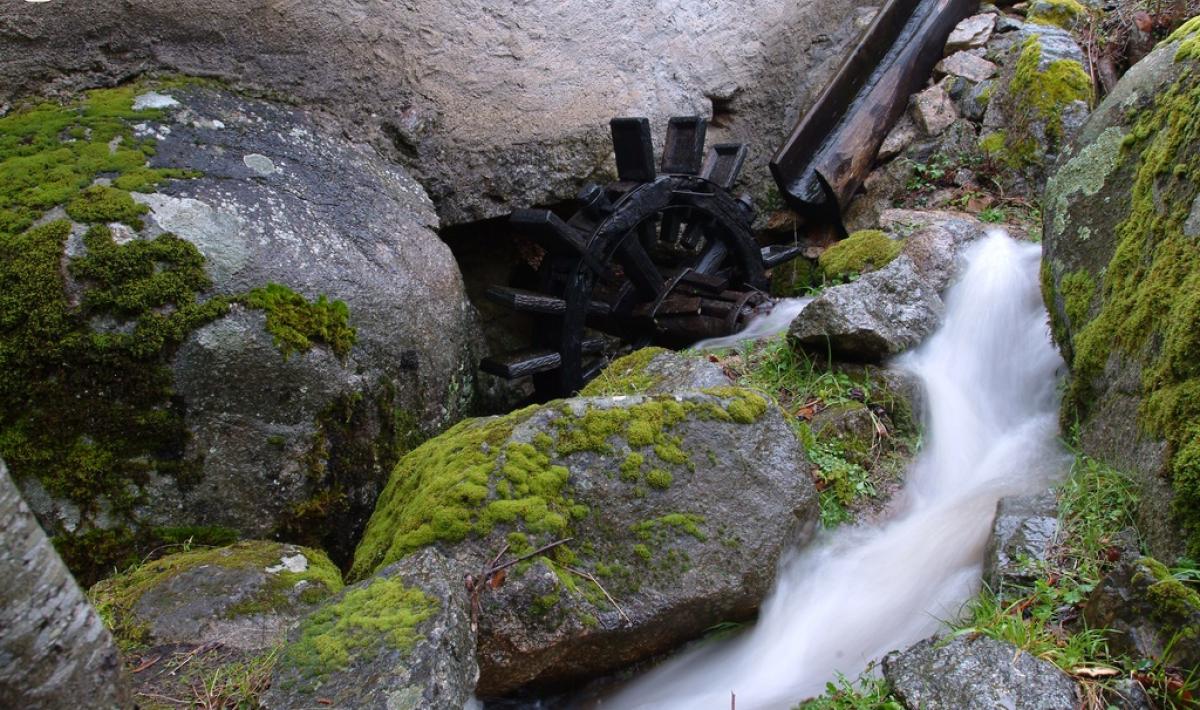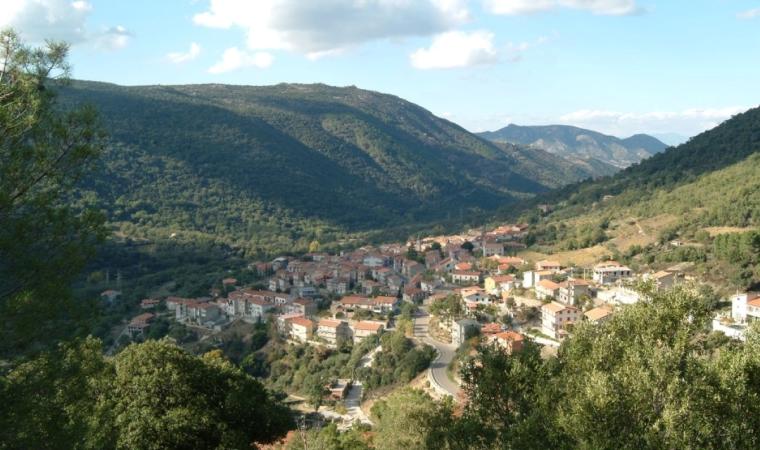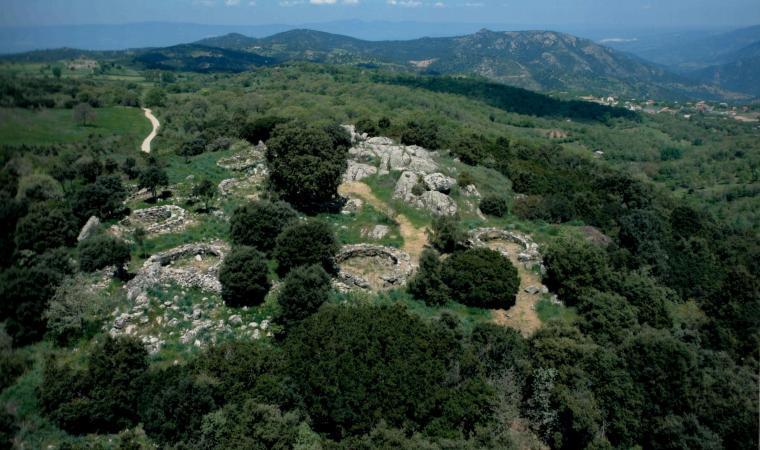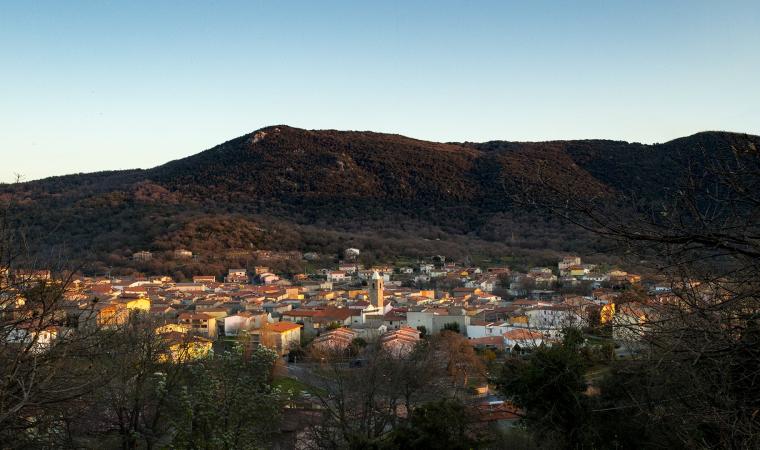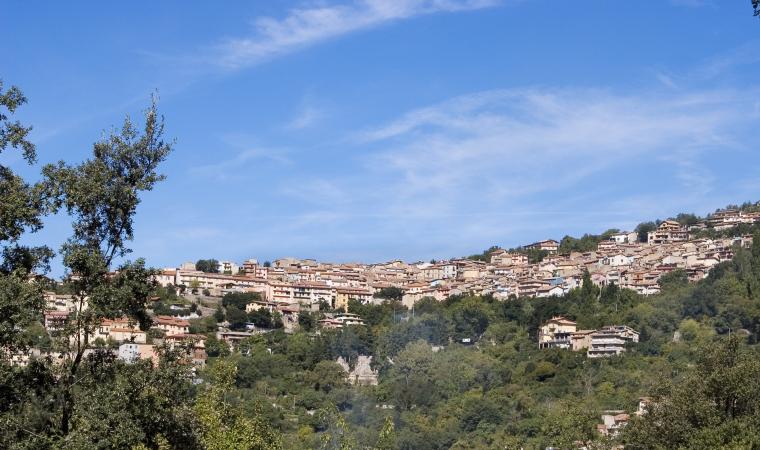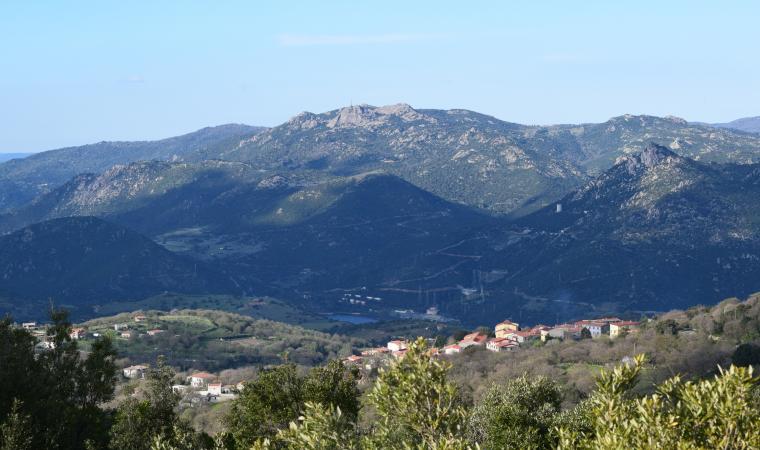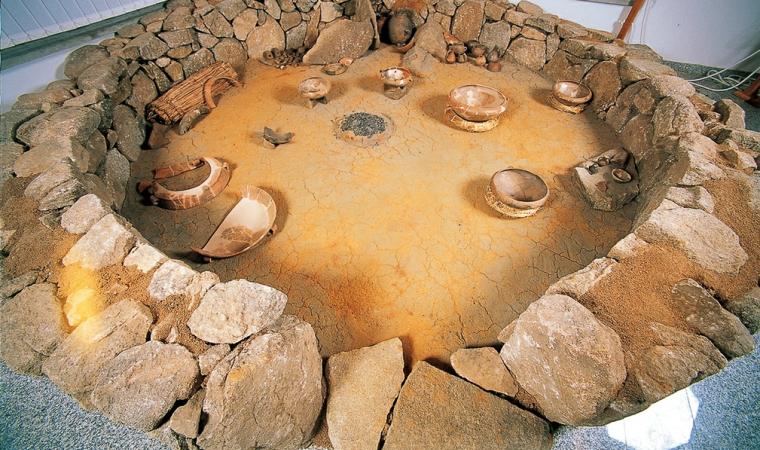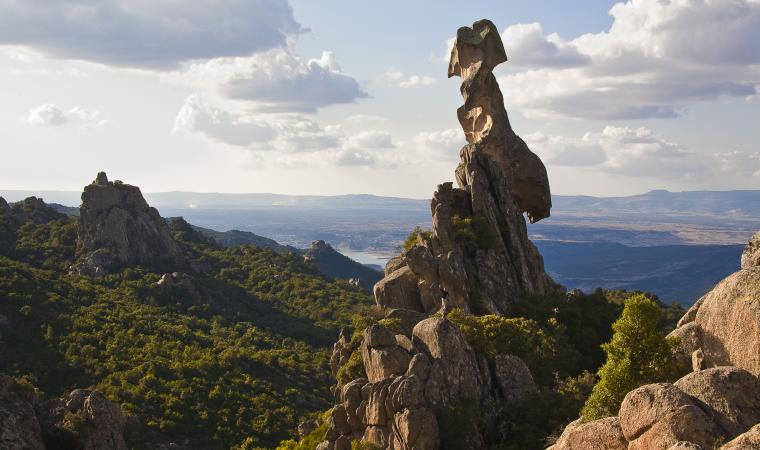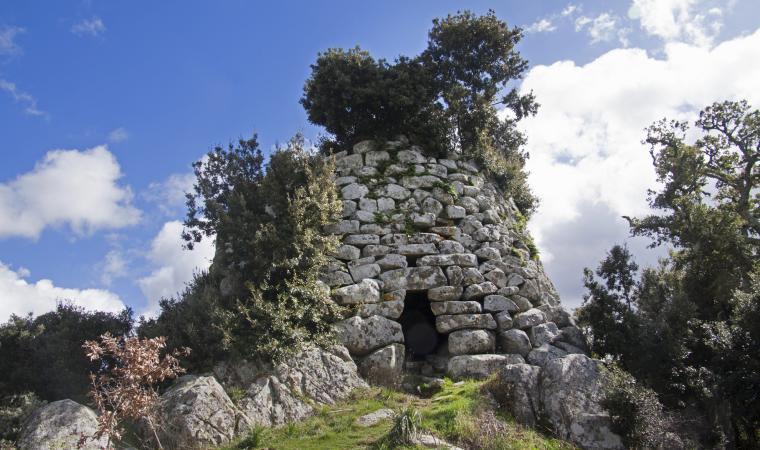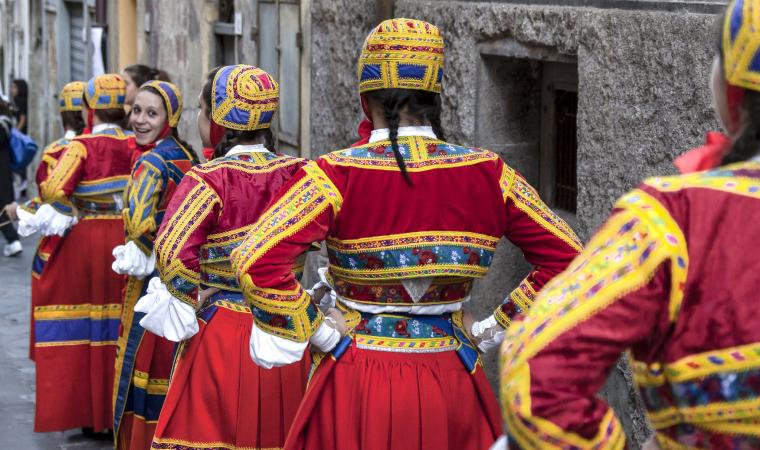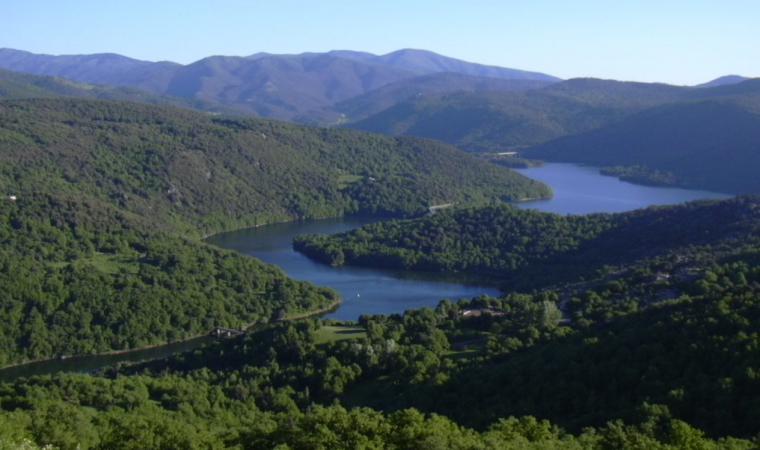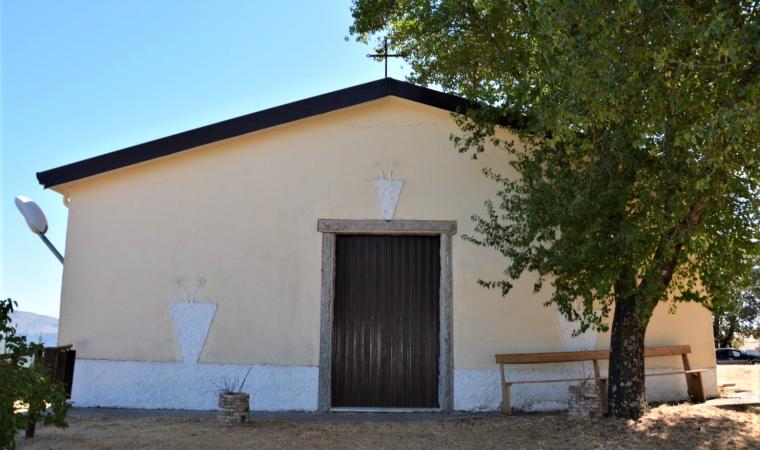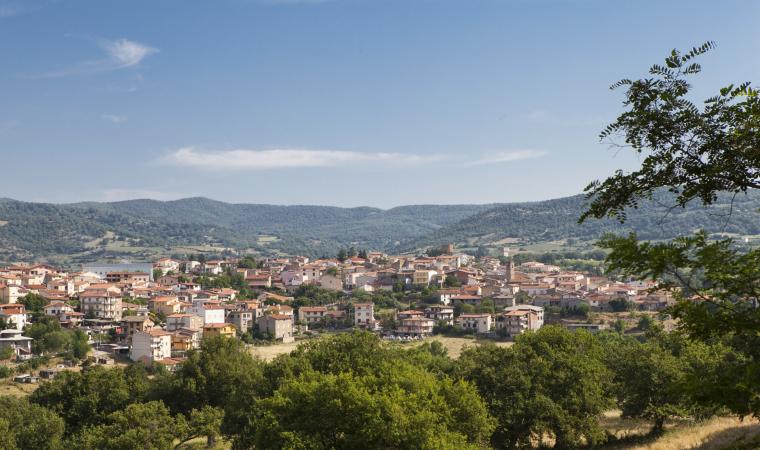Between the 18th and mid-20th centuries, the Tiana landscape beside the waterways was dotted with mills and fulling mills, on which the town’s economy was based. Today, the only piece of evidence of all this is even more important because it is the last fulling mill active on the Island and one of very few still remaining in Europe. Along the Rio Torrei, there is a complex made up of a mill and two fulling mills - one of them, the active one, is known as sa Cracchera de Tziu Bellu – and, together, they make up the industrial archaeology museum of ‘Le vie dell'acqua’ (water routes). The water mill was used for grinding wheat, which was widely grown in the area, while the fulling mills were used for fulling the wool, i.e. beating it to obtain felting. Tiana was particularly specialised in the processing of orbace, a fabric obtained through a particular process of spinning sheep’s wool, widely used in the past to make traditional clothes.
The fulling mill is a stone building, with a wooden roof, inside which you can see the downy oak mallets. They are operated thanks to a mechanism connected to the water wheel, which is in turn activated by the flow of the adjacent torrent. The mallets strike a bumper, on which the orbace fabrics are placed - which are continuously wet with hot water - thereby becoming softer, more resistant and waterproof. The final step is dyeing, which traditionally took place using natural products: saffron, pomegranate, walnut, chestnut and grapevine.
Thanks to the fulling mills, until the mid-20th century Tiana was a point of reference for numerous Barbagia towns, whose inhabitants often bartered the service, offered by giving meat, cheese, nougat and wine in exchange, thus obtaining the necessary fabric for their typical attire. The periods of operation were mainly autumn and winter, for two reasons: during the cold seasons the flow of the river was greater and, in addition, sheep shearing took place in early summer, after which it was necessary to wash and weave the raw wool.
Sa Cracchera de Tziu Bellu ceased its activity in 1975, but it returned to operation during visits and on the occasion of events such as the stage of Autumn in Barbagia. It is an opportunity to explore the town’s surroundings, largely covered in woods, taste the typical local products, visit the churches - in particular the late Gothic parish church dedicated to Sant’Elena - and admire the archaeological heritage. The necropolis of Mancosu stands out, dating back to the Neolithic period, with its domus de Janas, that are called forreddos here, based on their shape, which resembles bread-baking ovens.

